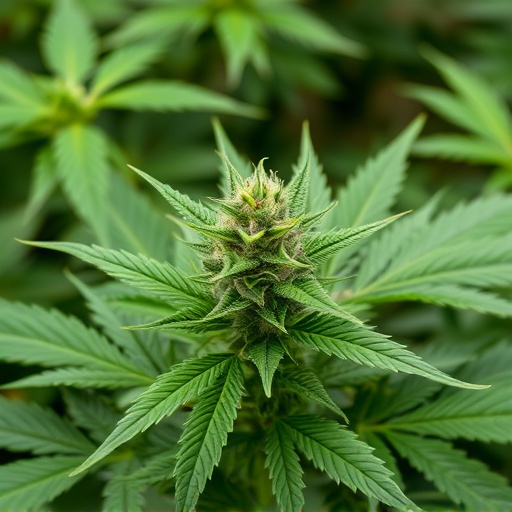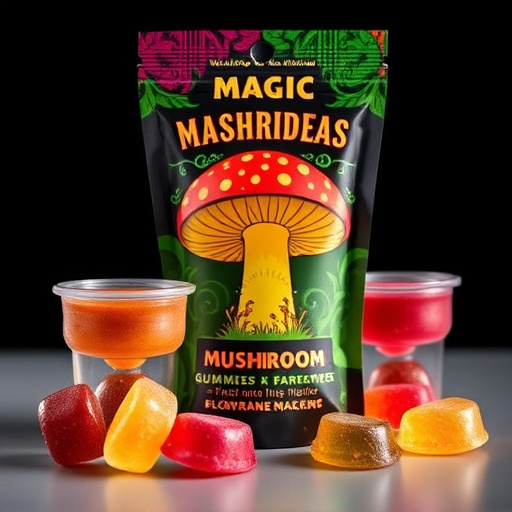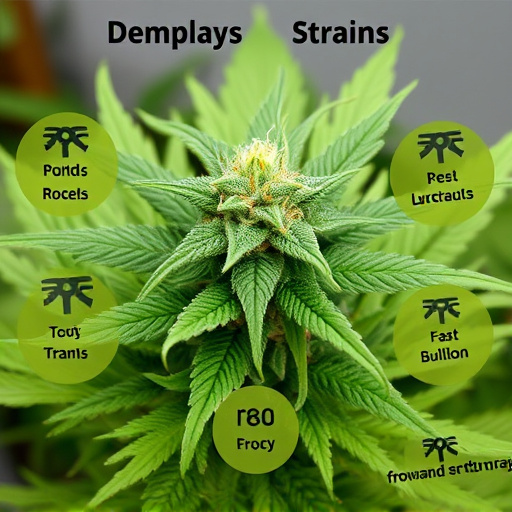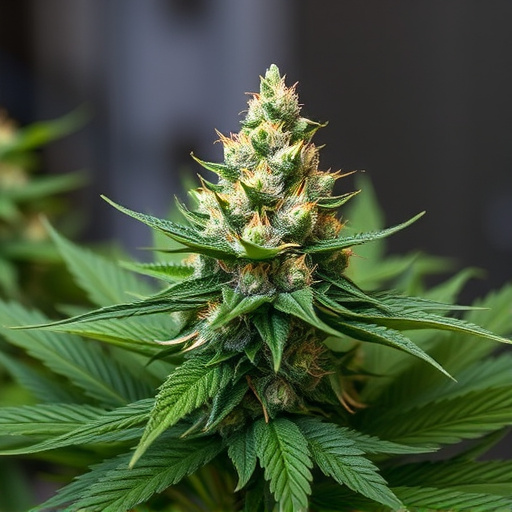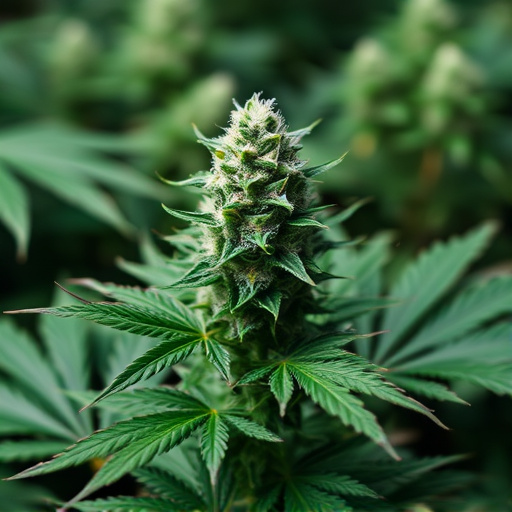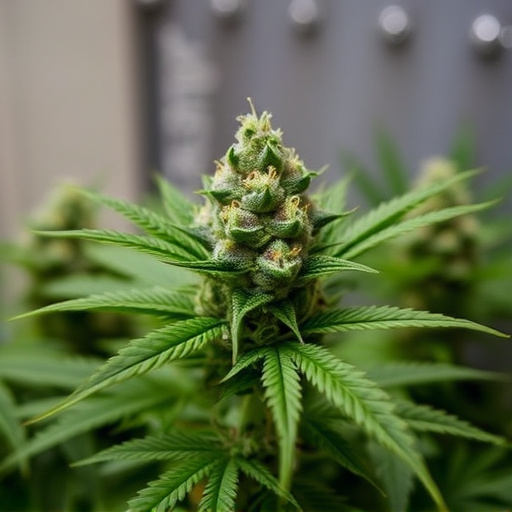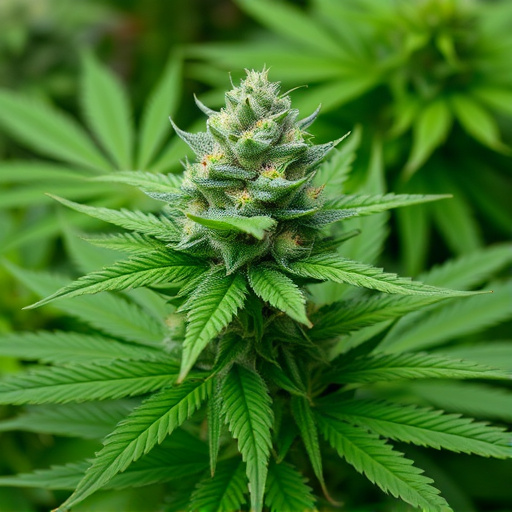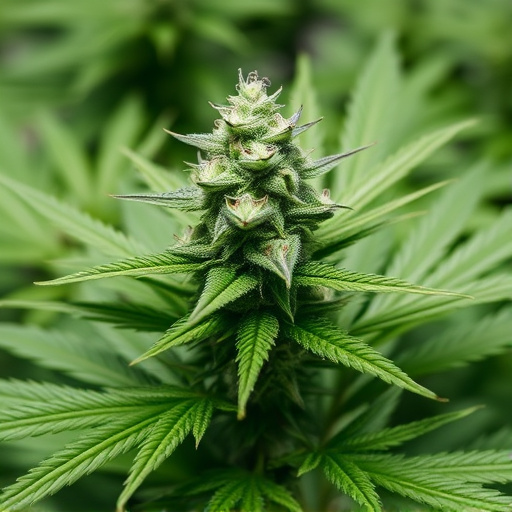The demand for cannabis strains effective in managing PTSD consistently outstrips supply due to their specialized effects on calming, reducing anxiety, and improving mental well-being. Cultivators face challenges in balancing cannabinoids like THC and CBD, as well as specific terpenes, to reproduce these reliable desired effects. Scarcity of these strains results from difficulties in maintaining genetic purity during cultivation, limiting production and market availability despite the growing need for PTSD treatment. Regulations, market forces, and consumer preferences further complicate accessibility, influenced by pricing, scientific research uncovering new therapeutic potential, and dynamic market changes.
In today’s evolving cannabis market, certain strains remain elusive, despite growing demand. This article explores why some cannabis strains, particularly those beneficial for mental health conditions like PTSD, are hard to find. We delve into the challenges of cultivation and harvesting rare strains, regulatory hurdles impeding their availability, and market dynamics driving consumer preferences. Understanding these factors is crucial in navigating the world of cannabis therapies.
- The Unmet Demand for Specific Cannabis Strains
- Challenges in Cultivation and Harvesting Rare Strains
- Regulatory Hurdles and Market Dynamics Affecting Availability
The Unmet Demand for Specific Cannabis Strains
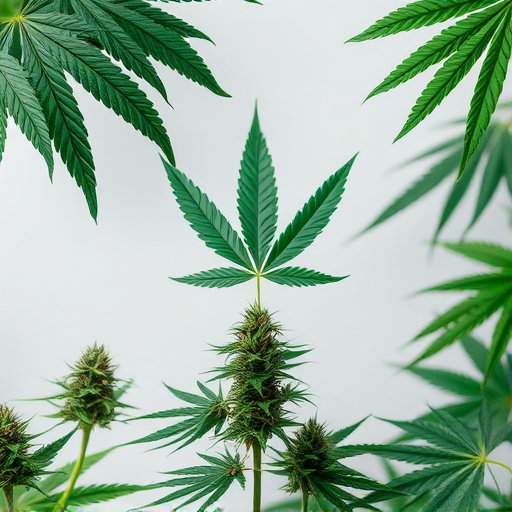
In the ever-evolving landscape of cannabis, certain strains have gained a reputation for offering unique benefits tailored to specific conditions and preferences. One area where demand consistently outstrips supply is in cannabis strains specifically sought after for managing Post-Traumatic Stress Disorder (PTSD). These specialized strains are known for their potential to provide calming effects, alleviate anxiety, and enhance overall mental well-being—all of which are critical factors for individuals dealing with PTSD symptoms.
The unmet demand for cannabis strains for PTSD highlights a growing need in the market. While many cultivators experiment with new varieties, striking the right balance of cannabinoids like THC and CBD, as well as specific terpenes known to interact with the endocannabinoid system, remains challenging. This discrepancy between consumer needs and available options underscores the importance of continued research into both the medicinal properties of cannabis and the cultivation techniques that can reproduce these sought-after strains more reliably.
Challenges in Cultivation and Harvesting Rare Strains
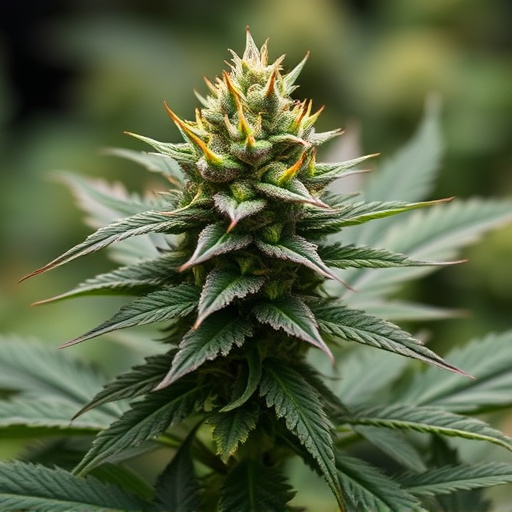
Cultivating and harvesting rare cannabis strains comes with unique challenges that contribute to their scarcity in the market, especially for specific medical applications like those sought after by individuals with PTSD (Post-Traumatic Stress Disorder). One of the primary hurdles is maintaining genetic purity. Many rare strains have been passed down through generations or carefully bred over decades, making it crucial to preserve their distinct attributes. Even minor genetic drift during cultivation can lead to variations that disrupt the strain’s unique properties, which are often precisely what makes them valuable for specific medical uses.
Additionally, rare strains often require specialized growing conditions due to their unique characteristics. These conditions may include specific lighting requirements, precise environmental controls, or even organic farming practices. The expertise and resources needed to meet these demands can be substantial, and not all cultivators possess the necessary skills or facilities, further limiting the production of such cannabis strains. As a result, consumers looking for specific strains, particularly those with medicinal applications like PTSD treatment, may face extended searches and challenges in finding them.
Regulatory Hurdles and Market Dynamics Affecting Availability
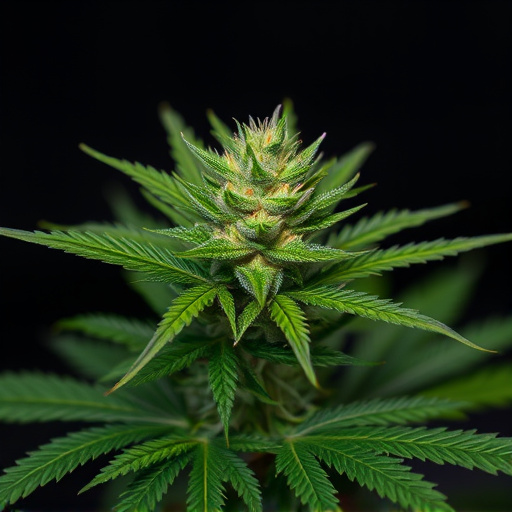
The availability of specific cannabis strains, particularly those touted for their potential benefits in treating conditions like PTSD (Post-Traumatic Stress Disorder), is significantly influenced by regulatory hurdles and market dynamics. Stringent regulations governing the cultivation, distribution, and sale of cannabis products create challenges for producers. Many high-demand strains, due to their unique genetics or specific effects, require specialized growing techniques and precise environmental controls, making large-scale production cost-prohibitive for some cultivators.
Market fluctuations and consumer preferences also play a critical role. As the cannabis industry matures, shifts in demand can lead to a surge in popularity for certain strains, straining supply chains. Conversely, regulatory changes impacting pricing or access can drive consumers towards alternative products or less popular strains. This dynamic equilibrium is continually reshaped by evolving scientific research on cannabis compounds and their therapeutic applications, particularly for conditions like PTSD, further complicating the availability of specific strains tailored to these needs.
The scarcity of certain cannabis strains, including those sought after for their potential PTSD relief, is a multifaceted issue. Unmet demand, coupled with cultivation challenges and complex regulatory environments, creates an uneven playing field in the market. As the legal landscape evolves, addressing these barriers will be crucial to ensure that individuals struggling with PTSD have access to the specific cannabis strains they need for improved well-being.
